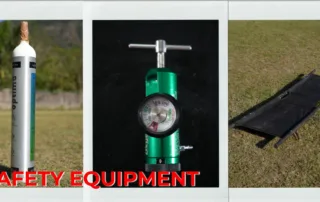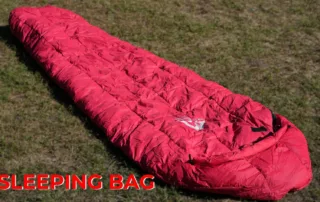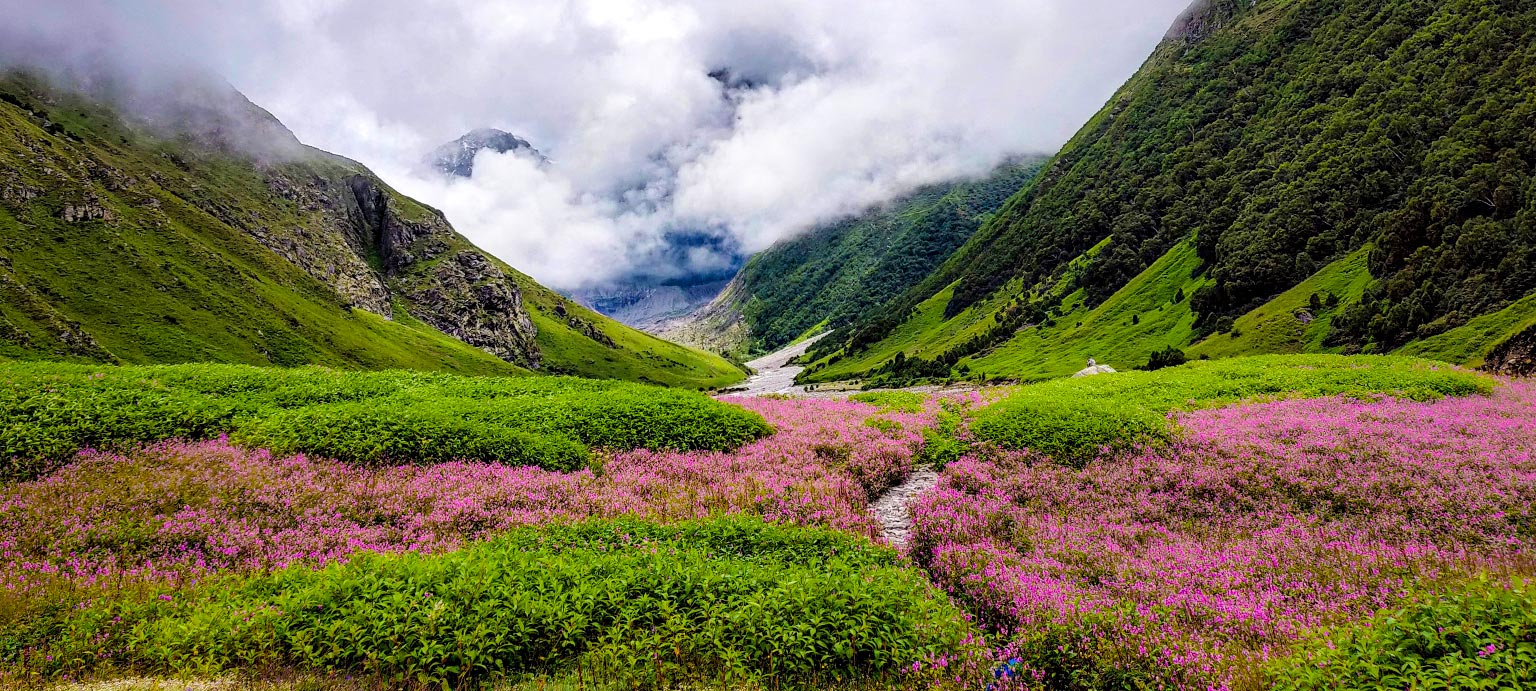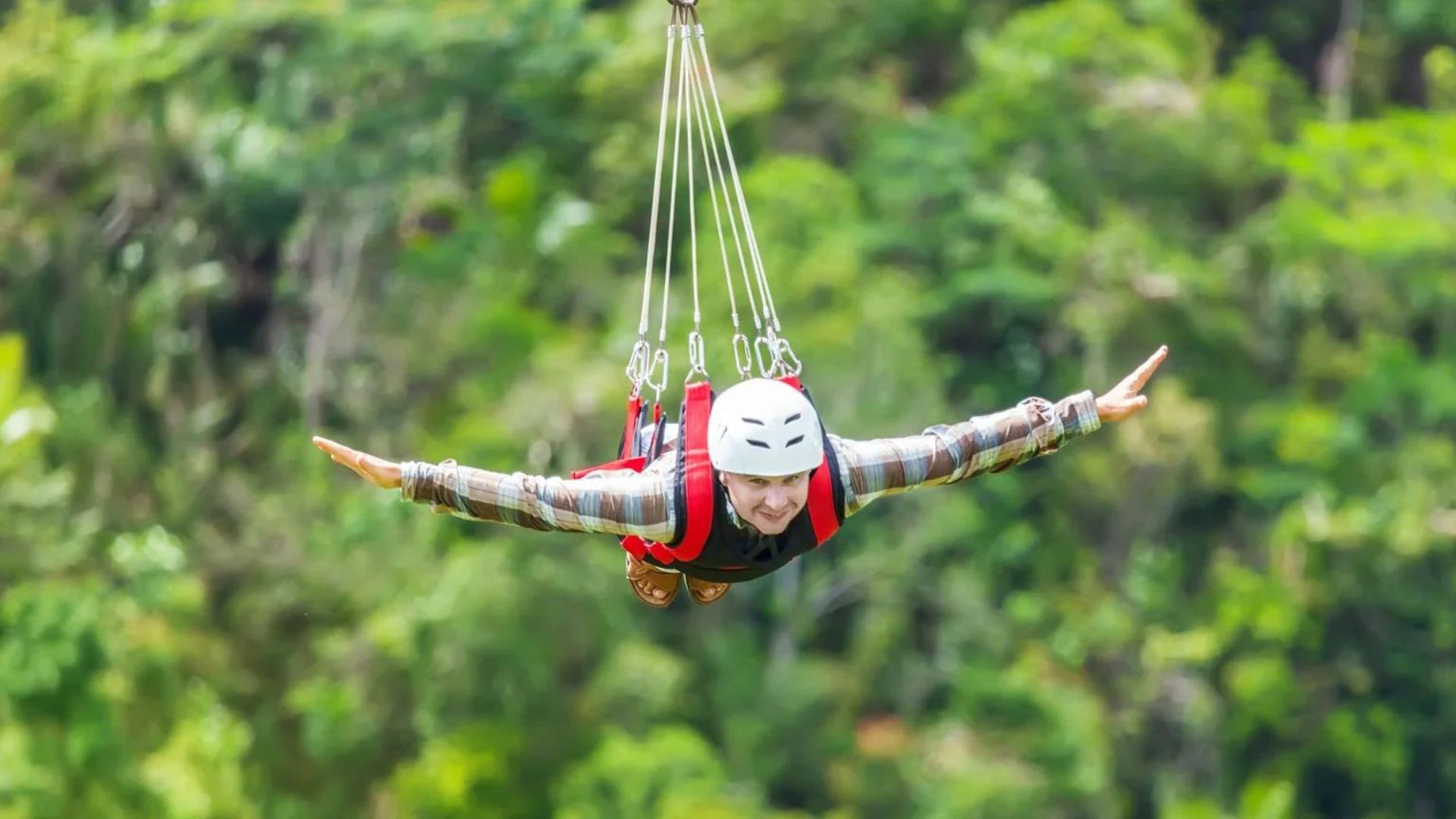Satopanth Lake Trek 2024
Price for one tour per person
INR 19,400 /-

Region
Uttarakhand | India

Duration
6 Days

Max Altitude
14400 Ft.

Trekking Km
40 KM

Grade
Moderate
Fixed Departure Dates
+5% GST (Goods and Services Tax)
Services Pipalkoti to Badrinath.
Meeting Point (Pickup/Drop Point): Near Nainital Bank, Tapovan, Rishikesh
(If transportation opted from LET’S GO UbEx)Reporting Time: 6:00 am
Drop Time: 6:30 pm to 7:30 pm (Timings are subject to change based on weather and road conditions).
Please reach Dehradun a day before to avoid any delays.
Trek overview
The trail to Satopanth Lake lies at the base of Mt. Neelkanth, offering stunning views of the mountain after you pass through the Lakshmi Van forest. With its beautiful forests, ancient temples, charming villages, lovely meadows, and breathtaking mountain vistas, Satopanth is a must-do trek for nature and adventure enthusiasts.The trek begins in the holy town of Badrinath and passes through Mana, the last village on the Indo-Tibet border. Satopanth Lake is located approximately 22 km from Badrinath and is considered a moderate-grade trek, making it suitable for both seasoned trekkers and fit beginners.From Badrinath, you will travel 3 km to Mana Village, and from there, follow the trail along the Alaknanda River to its snout at Alakpuri. The path continues through undulating terrain, leading to Laxmiban Meadows, followed by Chakrateerth Meadows, and finally to Satopanth Lake.
After reaching Satopanth Lake, the trek will retrace the route back to Chakrateerth, and the next day, you’ll return to Badrinath. On the final day, you will head back to Rishikesh, completing your journey to Satopanth Tal.What to Expect on the TrekSatopanth Lake is situated at an altitude of 4,600 meters (15,091 feet) and is surrounded by snow-capped peaks. The trek offers an uninterrupted view of Chaukhamba and other surrounding mountains. The trail is blessed with diverse natural beauty, from snow-covered mountains to flowing streams, rivulets, and forests of Oak and Pine.
With a moderate-grade difficulty, the trek is ideal for beginners with good fitness levels. Over 5 days, you will cover approximately 50 km. The temperatures during the day hover around 18°C, but can drop as low as -5°C at night, so it’s important to carry warm clothing. The last ATM is in Joshimath, so it’s advisable to withdraw cash in Rishikesh before starting the trek.
Along the way, you will cross Bhim Pul, a natural rock formation, and witness the spectacular Vasundhara Falls, a 400-foot waterfall. You’ll also have the opportunity to visit the Badrinath Temple at the beginning of the trek to seek blessings from Lord Vishnu. Since there are no permanent establishments on the trail, all accommodations will be in tents.We provide transportation from Rishikesh to Rishikesh, and meals and stays during the trek are included in the cost.
Why Satopanth Is A Must-Do Trek?
Satopanth Lake, nestled at an elevation of 4,600 meters above sea level, is a crystal-clear emerald lake in the Garhwal Himalayas. Surrounded by snow-covered peaks, the tranquil setting of the lake offers a sense of immense peace. This trek has gained popularity recently due to its religious significance and stunning mountain views.The lake, which is triangular in shape, can be easily reached from Lakshmi Van near Badrinath. According to Hindu mythology, the Trimurti—Brahma, Vishnu, and Mahesh—are said to have meditated at the three corners of the lake. Another mythological story suggests that the Pandavas journeyed through Satopanth Tal from Mana Village on their path to heaven, ultimately reaching the gates of heaven at Mt. Swargarohini.The trek itself offers much more than just the lake. The trail passes through Mana Village, the last village in India, and takes you past two beautiful waterfalls—Sahastradhara and Vasundhara. Along the way, you’ll also encounter two stunning campsites, Lakshmi Van and Chakrateerth, where camping amidst the meadows is one of the trek’s highlights.From Satopanth Lake, trekkers are rewarded with clear views of majestic peaks like Mt. Chaukhamba, Neelkanth, Balakun, and Swargarohini.
Details Itinerary
Your journey begins in Rishikesh, where our representatives will pick you up and drive you to Pipalkoti. This scenic 200 km journey, which takes around 9 to 10 hours depending on road and weather conditions, follows the path of the Bhagirathi River. Along the way, you’ll witness the breathtaking confluence of the Alaknanda and Bhagirathi rivers at Devprayag, where they merge and continue as the Ganga.Upon arrival in Pipalkoti, we will check into a hotel for an overnight stay, allowing your body ample time to acclimatize to the higher altitude. To aid in acclimatization, a preventive course of Diamox can be considered.

We will set out early in the morning for today’s trek, beginning with an 80 km drive to Mana, the last village in India, situated 26 km from the Indo-China border. The road to the border can be seen from here but is restricted to army personnel. Permits will be checked at Mana before we proceed toward Laxmi Van, which is about 7-8 km away. From the village, a well-paved trail runs along the left of the Alaknanda River for the first 2 to 3 km.Approximately 3 km from Mana, you’ll encounter Vasundhara Falls, a stunning 400-foot waterfall cascading in white sheets. The falls are a popular attraction, and locals believe that both its waters and those of the Alaknanda River have medicinal properties. Many visitors fill their bottles here, so it’s an ideal spot to hydrate as you gradually gain altitude.After the falls, continue along the left bank of the river. The next stretch involves walking over moraines for about 3 hours until you reach the Laxmi Van campsite at an altitude of 11,900 feet. The site is surrounded by lush vegetation and shaded by Bhoj Patra trees. From here, you’ll have a clear view of the Alkapuri Glacier, the source of the Alaknanda River, located at the base of Balakun Peak. You can see the river emerging from the glacier’s snout. The night will be spent in tents at the campsite.
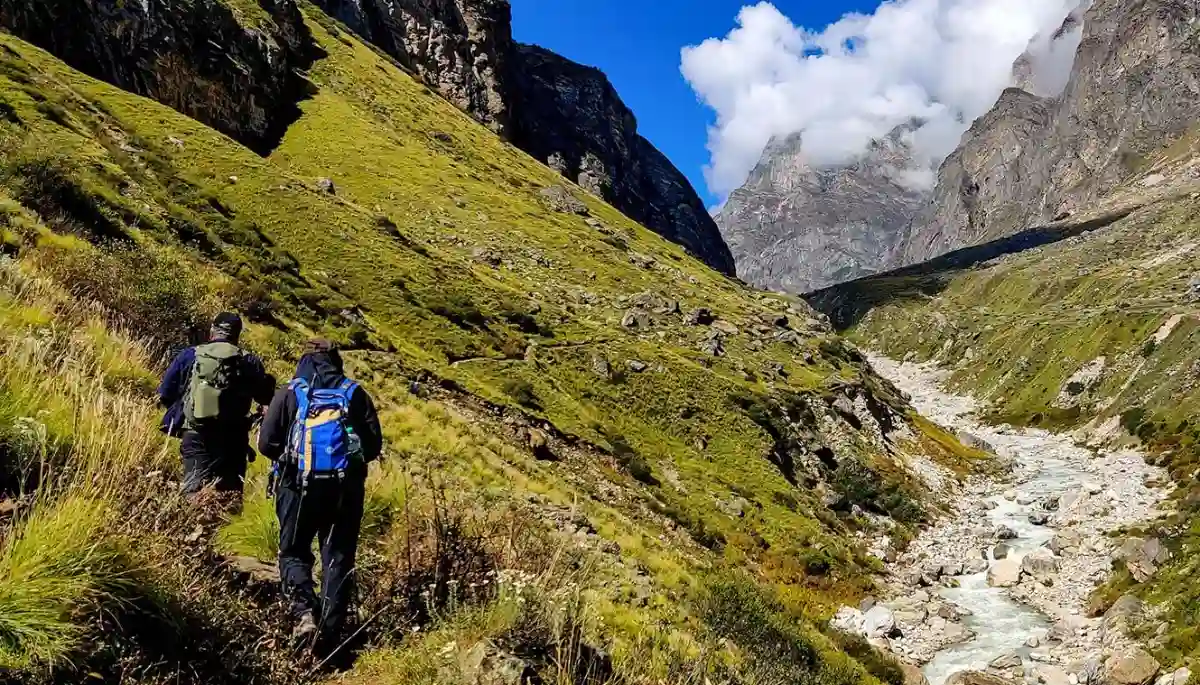

Today promises to be one of the most exciting and scenic days of the trek, as we head toward the mystical Satopanth Lake. Start the day with awe-inspiring views of Mt. Chaukhamba at the center, Mt. Neelkanth to the left, and Mt. Balakun to the right—an image that will stay with you long after the trek.The journey begins with a gentle walk across a flat grassland. After about 2 km, the path winds through boulders and moraines, a section that requires caution. Trekking poles will be especially helpful for navigating this tricky terrain.As you continue along the ridge, Satopanth Lake remains hidden from view until you reach the top. The lake is vast, spanning over 1 km in perimeter, and is triangular in shape. According to legend, the trinity of Brahma, Vishnu, and Mahesh once meditated at its three corners. Near the lake, you’ll find a small stone shelter, said to be the dwelling of Mauni Baba, a local sage.Satopanth Lake, with its clear bluish waters, remains pristine throughout the year. On clear days, you can spot three of the seven steps of the Swargarohini Glacier, believed to have been the path the Pandavas took to ascend to heaven.Take time to sit by the lake, soak in its serene beauty, and enjoy the peaceful surroundings before starting your descent. The trek back to Chakrateertha Campsite takes approximately 2 to 3 hours.

Today marks the end of your memorable time in the mountains as we begin our journey back to Rishikesh. Start the day with an early wake-up and a hearty breakfast before we set off.The drive follows the same scenic routes, giving you a chance to reflect on the experiences and sights of the past days. The journey will take approximately 9 to 10 hours, and we expect to arrive in Rishikesh by around 7 PM.
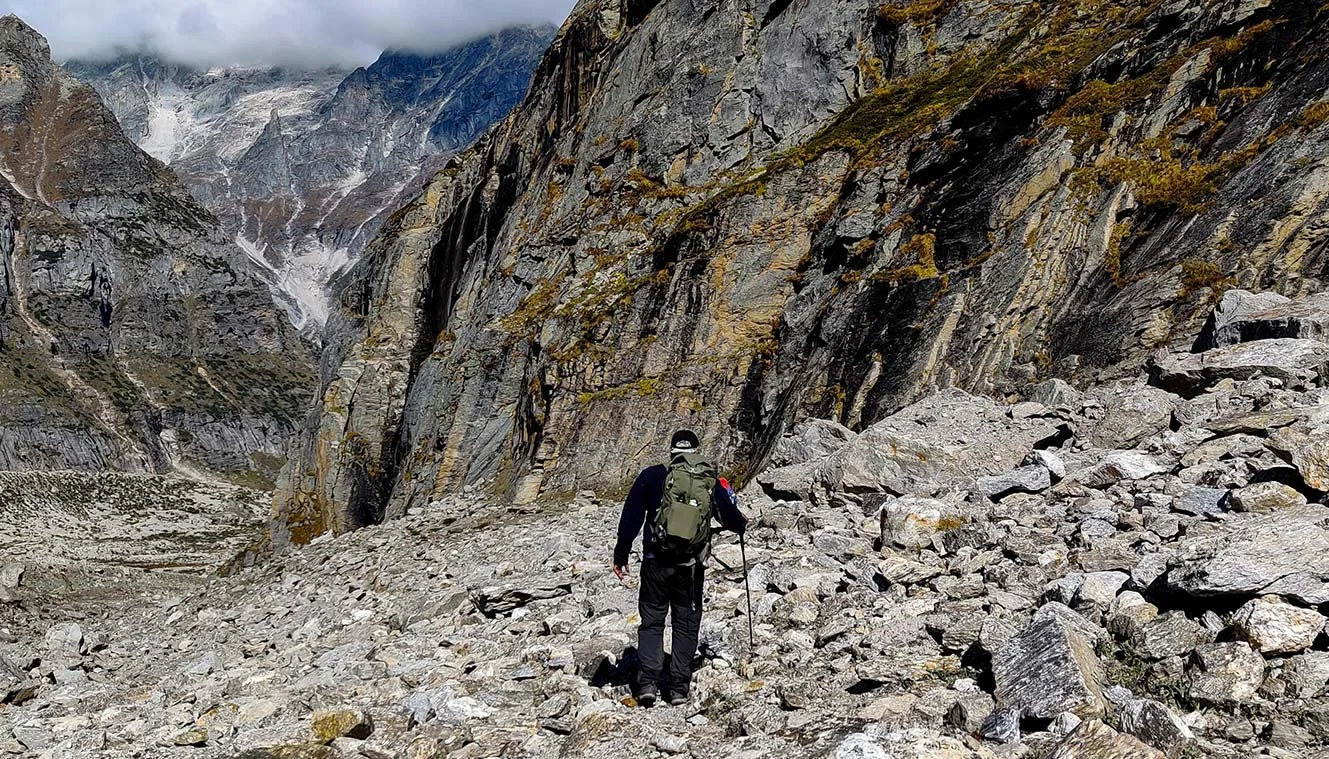
Who Can Participate
14 years and older.
First-time trekkers are welcome to apply, although prior trekking experience is preferred.
Participants should be physically fit with enough stamina to cover 5 km in 30 minutes or 10 km in 70 minutes without undue strain.
Additionally, climbers should be capable of carrying a 10-12 kg backpack.
- Pulse rate at rest must be in between (60 to 90 beats per minute).
- Blood Pressure Reading must be in between (DIASTOLIC 70 – 90, SYSTOLIC 100 – 140 mm Hg).
- Respiratory rate at rest must be in between (12 to 20 breaths per minute).
- Should not have Liver and kidney issues.
- Should not have Diabetes Mellitus, Bronchial Asthma, Heart problems, Hypertension, etc.
- No pacemaker implant.
- People with Sinus issues, Epilepsy please contact to trek coordinator before booking the trek.
- If your BMI is not normal, Please contact our Trek coordinator before Trek booking.
- Government Employees can avail the benefit of Special Casual Leave (SCL) when they join us for a trekking expedition. As per the rules of the Pay Commission, Special Casual Leave can be availed for up to 30 days in a calendar year for trekking/mountaineering expeditions through a registered organization. Lets Go UbEx is a registered adventure tour operator by the Indian Mountaineering Foundation (IMF) and the Ministry Of Tourism (MOT).
- Trekkers have to apply for leave at least 20 days before the trek departure date.
- This service is exclusive to Indian government employees and is applicable only for treks within India.
- Do mail at info@letsgoubex to apply and mention your booked trek date and trek name.
- Junior trekkers (below 15 years) should have a company of parents/guardians.
- Trekkers between 15 to 18 years can come solo with the disclaimer form signed by parent/guardian.
-
Pick-Up Information
It is essential for everyone to arrive in Rishikesh by 6:00 am.
Pick-up Location: Tapovan, Landmark – Nainital Bank, opposite Shiv Vilas Hotel.
Once you have reached Rishikesh, LET’S GO UbEx will manage the rest of your travel arrangements. If you opt for LET’S GO UbEx’s pick-up service, you can select this option during the booking process by adding it as an add-on.Options to Reach Rishikesh
First, you can arrive at Delhi, Dehradun airport, or Chandigarh. The journey from these locations to Rishikesh is outlined below:- Take an overnight train/bus to Rishikesh.
- Take an overnight train/bus to Haridwar and drive to Rishikesh (25 km | 35 min drive with normal traffic).
- Take an overnight train/bus to Dehradun and drive to Rishikesh (50 km | 1 hr 20 min drive with normal traffic).
(We always recommend choosing government buses over private ones outside the bus station, as our experience has shown that private buses are more prone to delays. Government buses are generally more reliable. Whichever bus you choose, ensure you reach Rishikesh by at least 5:30 am.)
- Board a flight to Dehradun airport (Jolly Grant Airport) (21 km, 30 min). If arriving by air, come a day in advance.
Drop-Off Information
The designated drop-off point is Tapovan, Rishikesh.
Expect to reach Rishikesh between 6:30 and 7:30 pm.
Plan any subsequent travel arrangements for after 10:00 pm.
Note: For treks in July and August, always include a buffer day in your itinerary due to the monsoon season.It’s highly advisable to have a buffer day in your travel plan. If not used, this day can be spent exploring Rishikesh.
(If you prefer independent travel to the base camp and do not wish to take LET’S GO UbEx’s pick-up service, you can either take a government bus or book a private cab from Rishikesh. Your trek coordinator will provide guidance on arranging a bus or cab booking.)LET’S GO UbEx provides comfortable transportation via Tempo Traveler, Bolero, or equivalent vehicles. For upgrades to your mode of transportation, please contact your trek coordinator for assistance.
Cost Terms
1. Accommodation (as per the itinerary):
- Guest House in Pipalkoti: Accommodation will be provided for Day 1 and Day 2 as per the itinerary.
- Camping During the Trek: Twin-sharing tents will be provided for overnight stays while on the trek.
2. Meals (Veg + Egg):
All meals will be provided from Day 1 dinner to Day 5 dinner, including tea, soup, and snacks.
3. Support:
- Versatile Base Camp Manager: Oversees communication and coordinates the deployment of additional manpower in emergencies.
- Trek Leader: A professional qualified in mountaineering and first aid.
- High-Altitude Chef: An experienced chef specializing in high-altitude cooking.
- Local Experienced Guides: The number of guides will vary based on group size.
- Support Staff: Adequate support staff to assist throughout the trek.
4. Trek equipment:
- Sleeping Bag
- Sleeping Liners (if required)
- Mattress
- Utensils
- 3-Man All-Season Trekker Tent (twin sharing)
- Kitchen & Dining Tent
- Toilet Tent
- Camping Stool
- Walkie Talkie
- Ropes, Helmet, Ice Axe, Harness, Gaiters & Crampon (if required)
5. First aid:
- Medical kit, stretcher, oxygen tank, blood pressure monitor, oximeter, stethoscope.
6.Transportation (as per the itinerary):
- Rishikesh to Pipalkoti and return.
- Mules/porters available to carry the central luggage.
- Clock room facility at the base camp for storing additional luggage.
- All necessary permits and entry fees included, up to the amount charged for Indian nationals.
- Services provided from Pipalkoti to Pipalkoti.
- Trek completion certificate.
1. Insurance (Mandatory).
2. Food during the transit.
3. Any kind of personal expenses.
4. Mule or porter to carry personal luggage.
5. Emergency evacuation, hospitalization charge or etc.
6. Anything not specifically mentioned under the head Inclusion.
7. Transport cost.
Things can be provided on demand and availability (participant has to pay extra for these things).
1- Satellite phone/set phone – is a type of mobile phone that connects via radio links via satellites orbiting the Earth instead of terrestrial cell sites like cellphones. Therefore, they can operate in most geographic locations on the Earth’s surface.
2- Gamow/PAC HAPO Bag (Portable Hyperbaric Bag) – is a unique, portable hyperbaric chamber for the treatment of acute mountain sickness (AMS), also known as altitude sickness.
3- AEDs (Automated External Defibrillators) – are portable life-saving devices designed to treat people experiencing sudden cardiac arrest, a medical condition in which the heart stops beating suddenly and unexpectedly.
Cancellations prior to 25 days from the start of the Trip
Refund options
- 5% deduction of trek fee
- 100% cash voucher for any trip till one year
- Transfer your trek (any trek, any date) to your friend
Cancellation between 24 days and 15 days to the start of the Trip
Refund options
- 30% deduction of trek fee
- 100% cash voucher for same trip till one year
- 85% cash voucher for any trip till one year
- Transfer your trek (same trek, any date) to your friend
Cancellation between 14 days and 10 days to the start of the Trip
Refund options
- 50% deduction of trek fee
- 80% cash voucher for same trip till one year
- 70% cash voucher for any trip till one year
- Book the same trek, in the same season, with any other batch
- Transfer your trek (same trek, any date) to your friend
Cancellation less than 9 days to the start of the trek
Refund options
- No cash refund
- 20% cash voucher for the same trip till one year
- 10% cash voucher for any trip till one year
- Transfer your trek (same trek, same date) to your friend
Note-
If a booking is made using a voucher or discount code, the policies related to vouchers and discounts cannot be modified.
In the unlikely event that LET’S GO UbEx cancels a trek prior to the scheduled departure date:
While it is extremely rare for LET’S GO UbEx to cancel a trek, we understand that unforeseen circumstances or natural disasters may occasionally require us to do so before the scheduled departure. These circumstances could include continuous rain or snow, thunderstorms, snowstorms, landslides, floods, earthquakes, or any other natural calamity that poses a risk to the safety of our trekkers. Additionally, unforeseeable events such as local riots, curfews, pandemics, lockdowns, government orders, or any similar situations that compromise the safety of the trekking experience may also necessitate a cancellation.
In the event of such a cancellation, LET’S GO UbEx will provide you with a voucher equivalent to the amount you paid for the trek. This voucher can be redeemed for any of our treks within the next year, allowing you to still enjoy an adventure with us at a later date.
Note:
The issuance of a voucher is not applicable in situations where you are required to descend from the trek for any reason. The trek leader may make the decision to send you down from the trek due to factors such as insufficient fitness level, symptoms of Acute Mountain Sickness (AMS), high blood pressure, exceeding the designated turn-around-time, health concerns, or if you are found smoking, drinking, or violating the rules set for the trek. In such cases, the provision of a voucher does not apply.
In the rare event that LET’S GO UbEx shifts a trek:
We would like to emphasize that weather conditions in high-altitude areas are highly unpredictable and can undergo sudden changes at any time, irrespective of the day. Additionally, circumstances beyond our control, such as natural disasters, political unrest, pandemics, and lockdowns, may impact the feasibility of conducting a trek. In cases where we are unable to proceed with an event due to such circumstances that are beyond our direct control, we will make every effort to provide you with an alternative trek that is safer and more suitable.
In such situations, we will issue a voucher to offset the cost difference between the originally scheduled trek and the alternative trek. This voucher can be redeemed at any time within one year from the date of issue. Please note that a refund fee or reimbursement of the cost difference is not applicable in these cases.
Note:
- Change of trek batch is dependent on the availability of seats in the batch.
- In case of transferring a trek to a friend, he/she should satisfy all the mandatory requirements put forward by LET’S GO UbEx.
- LET’S GO UbEx holds the right to change/cancel the policies, without prior notice.
- Cash refund is applicable only in case of bookings made without using any promotional offer code or vouchers.
Cash Voucher Terms:
- This is a non-transferable voucher.
- The voucher cannot be merged with any other offer of LET’S GO UbEx.
- The voucher is valid for treks booked directly with LET’S GO UbEx in India.
- To avail the voucher, please use your registered phone number or email ID.
- All the other Terms of booking a trek with LET’S GO UbEx are applicable to the voucher.
- LET’S GO UbEx holds the rights to add/remove any of the Terms and Conditions without prior notice.
Itineraries are based on information available at the time of planning and are subject to change. LET’S GO UbEx reserves the right to change expedition dates, people, or itineraries as conditions warrant. If a trip must be delayed or the itinerary changed due to bad weather, road conditions, transportation delays, government intervention, airline schedules, sickness, or other contingencies for which LET’S GO UbEx or its agents cannot make provision, the cost of delays and/or other changes are the responsibility of the participant. LET’S GO UbEx reserves the right to decline or accept any individual as a trip member for any reason whatsoever.
Trek Essentials
Personal Equipments
| Backpack with rain cover | (50 – 60 ltr) with comfortable shoulder straps |
| Day pack with rain cover | 20 – 30 ltr (If off-load opted) |
| Walking stick | Advisable (At least one) |
| Water Bottle / Hydration pack | 2 bottles of one liter each, People who use hydration pack 1 hydration pack and 1 bottle of one liter, Carry at least one thermos flask. |
| Small size tiffin/lunch box | 1 Nos |
| Snacks | Energy bars, dry fruits, electral/ors |
| Personal Medical Kit | Consult your doctor |
| T-Shirt (Synthetic quick dry) | 1 Full & 2 Half sleeves |
| Fleece T-shirt | 1 Nos |
| Wind stopper / Fleece jacket | 1 Nos |
| Windproof Jacket | 1 Nos |
| Down feather / Hollow jacket | 1 Nos |
| Thermal inner (Upper and Lower) | 1 Pair |
| Trek Pant (Synthetic quick dry) | 2 Nos |
| Wind stopper / Fleece Pant | 1 Nos |
| Waterproof gloves | 1 Pair |
| Fleece / woollen gloves | 1 Pair |
| Poncho / waterproof Jacket and pant | 1 Nos |
| Head torch | 1 Nos. (Avoid Hand torch) |
| Sun Cap | 1 Nos |
| Woolen cap | 1 Nos. |
| Balaclava | 1 Nos. |
| Buff / Neck-gaiters | 1 Synthetic & 1 Woollen |
| Sunglasses | UV with dark side cover, People who wear spectacles – (A)- Use contact lenses | (B)- Photo chromatic glasses |
| Trekking shoes | 1 Pair (Waterproof, high ankle, good grip) |
| Floaters / flip-flops | 1 Pair |
| Cotton socks | 6 pairs |
| Woollen socks | 1 pairs |
| Gaiters | 1 Pair (LET’S GO UbEx provides when required) |
| Micro spikes | 1 Pair (LET’S GO UbEx provides when required) |
| Sunscreen | 1 Nos |
| Moisturiser | 1 Nos |
| Chap-stick / Lip balm | 1 Nos |
| Toothbrush and toothpaste | 1 Nos |
| Toilet paper & Wipes | 1 Nos |
| Soap / hand sanitizers | 1 Nos |
| Antibacterial powder | 1 Nos |
| Quick dry towel | 1 Nos |
Equipment Provided By Lets Go UbEx
100% Secure Payments
Frequently Asked Questions(FAQ)
The Satopanth Trek is a thrilling and demanding journey that will test your endurance while immersing you in the stunning beauty of the Himalayas. The trail winds through isolated mountain villages, dense forests, and towering snow-capped peaks, providing breathtaking views of the Himalayan range. As you trek, you’ll also experience the vibrant culture and traditions of the region, enriching your adventure with a unique cultural perspective.
Satopanth Lake Trek is a moderate-grade trek.
The ideal times to embark on the Satopanth Lake Trek are during the summer (mid-April to June) and autumn (September to mid-November).
The Satopanth Lake Trek is completed over a duration of 6 days.
To embark on the Satopanth Lake Trek, a permit from the Forest Department of Uttarakhand is required, as the route traverses the protected Gangotri National Park. When you trek with us, we handle all the necessary permit arrangements on your behalf.
The maximum altitude of Satopanth Lake Trek is 14,272 ft.
During the Satopanth Lake Trek, you will stay in a guest house in the base camp, and on the slopes, you will be staying in tents (twin-sharing).
Satopanth Lake Trek is a 50 km trek.
-
Trekking Shoes: A well-fitted, sturdy pair of trekking shoes with good grip is essential for a comfortable and safe trek.
-
Warm Clothing: Mountain weather can be unpredictable, so pack warm clothing such as thermal innerwear, fleece jackets, a down jacket, and a waterproof jacket.
-
Trekking Pants: Bring comfortable, quick-drying trekking pants suitable for the weather conditions.
-
Backpack: Choose a high-quality backpack with a capacity of 40-50 liters to carry your essentials.
-
Sleeping Bag: A good-quality sleeping bag is crucial for comfortable camping nights.
-
Headlamp/Flashlight: Pack a reliable headlamp or flashlight along with extra batteries for use during early morning or late evening trekking.
-
Water Bottle: Bring a reusable water bottle to stay hydrated throughout the trek.
-
Snacks: Carry energy bars, dry fruits, and snacks for a quick energy boost during the trek.
-
First Aid Kit: Include essentials such as band-aids, antiseptic cream, pain relief spray, and medicines for altitude sickness.
-
Sun Protection: Pack sunscreen lotion, sunglasses, and a hat to protect yourself from strong sunlight.
-
Trekking Poles: These can help maintain balance and reduce knee strain while trekking.
The Satopanth Lake Trek is considered moderately difficult, involving high-altitude hiking, rugged terrains, and unpredictable weather. However, with thorough planning, preparation, and adherence to safety measures, it can be a safe and enjoyable adventure.Undertaking this trek with experienced and certified trek operators is crucial, as they possess the expertise and in-depth knowledge of the region. They can assist with trek preparation, arrange essential equipment and supplies, and ensure that all safety protocols are consistently followed.















